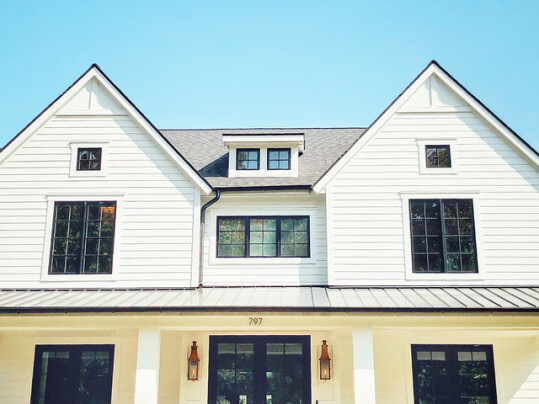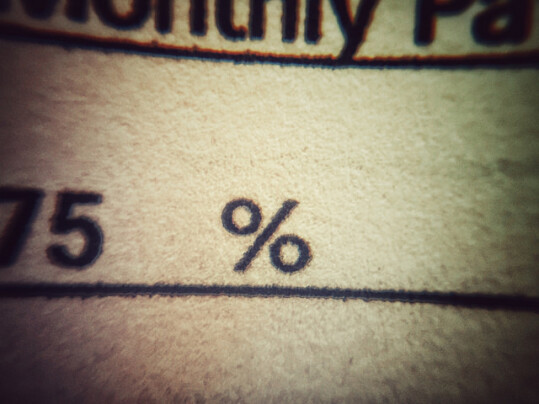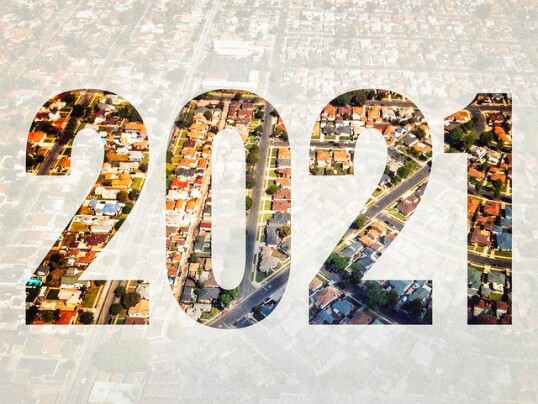November is mostly known for darker days, colder weather, and Thanksgiving. It’s not typically known for home shopping. But this year, buyer demand has been anything but typical – and November was no exception. In fact, according to the National Association of Realtors’ most recent Pending Home Sales Index, the number of contracts to buy homes signed during November was the highest ever for the month. Additionally, contract activity was 16.4 percent higher than last year at the same time. Lawrence Yun, NAR’s chief economist, says the backlog of buyers has pushed demand higher, later into the year. “The market is incredibly swift this winter with the listed homes going under contract on average at less than a month due to a backlog of buyers wanting to take advantage of record-low mortgage rates,” Yun said. Still, despite the fact that demand is higher than normal for the time of year, it was slower than the month before, with the number of pending sales down 2.6 percent from October. (source)
Archive for December 2020
Latest Index Finds Home Prices On The Rise
The S&P Case-Shiller Home Price Indices isn’t the only index tracking home-price activity, but it’s among the most closely followed. And, according to their most recent release, prices are rising. In fact, they were up 8.4 percent year-over-year at the end of October. Craig J. Lazzara, managing director and global head of index investment strategy at S&P Dow Jones Indices, says prices were increasing pre-COVID and have only accelerated since then. “We’ve noted before that a trend of accelerating increases in the National Composite Index began in August 2019 but was interrupted in May and June, as COVID-related restrictions produced modestly-decelerating price gains,” Lazzara said. “Since June, our monthly readings have shown accelerating growth in home prices, and October’s results emphatically emphasize that trend.” The last time home prices increased this quickly was more than six years ago. However, though recent increases have been significant, they’re mostly due to a lack of homes available for sale this fall. As spring approaches, and more homes are listed for sale, price spikes should begin to moderate. (source)
Home Buyers Want Bigger Homes, More Rooms
It seems just about everything about the way we live changed in 2020. Home buying was no exception. The coronavirus altered both the way we shop for homes and what we we look for in a house. With more Americans able to work from home, there was a well-documented spike in searches for homes further from city centers, in suburbs and exurbs. There’s also been sustained demand for bigger homes with more rooms. In fact, according to one recent analysis, buyer demand for homes with more bedrooms and extra space saw double-digit increases year-over-year. For example, Atlanta saw a 103 percent spike in buyers searching for five-bedroom homes compared to the same time last year. Similar gains were seen in other cities. Chicago reported a 80 percent increase in showings for four-bedroom homes. Demand for five-bedroom homes was up 73 percent in St. Louis. Overall, it’s clear that there’s a trend toward bigger homes with more space and it’s likely to continue – especially since it looks like many Americans will be able to work remotely, even once the pandemic has subsided. (source)
November New Home Sales Up 21% Over Last Year
November sales of newly built, single-family homes were 20.8 percent higher than they were at the same time last year, according to new numbers released by the U.S. Census Bureau and the Department of Housing and Urban Development. The gains are an encouraging sign, especially when combined with recent improvements in residential construction numbers. The new home market is vital to the housing market’s overall health, especially at a time when for-sale inventory is low – as it is now. And since new home construction is the quickest way to add supply when inventory falls behind demand, an accelerating new home market can signal better balance and fewer price spikes in the days ahead. However, while the year-over-year numbers were good, November’s sales pace was slower than the month before, which is a sign that the market may have begun to wind down for the winter. Also in the report, the median sales price of new homes sold in November was $335,300. The average price was $390,100. (source)
Mortgage Rates End Year At Record Lows
According to the Mortgage Bankers Association’s Weekly Applications Survey, average mortgage rates were relatively unmoved last week from the week before. Rates for 30-year fixed-rate mortgages with conforming loan balances were flat from one week earlier, while jumbo loans, loans backed by the FHA, and 15-year fixed-rate mortgages all saw declines from the previous week. Joel Kan, MBA’s associate vice president of economic and industry forecasting, says rates remain at record lows. “Mortgage rates are closing the year at record lows,” Kan said. “The 30-year fixed rate … is a full percentage point below a year ago.” But while Kan says low rates are helping the market end the year strong, he also notes that tight inventory and higher prices may cause affordability challenges for entry-level and first-time buyers in 2021. “Housing affordability will be worth monitoring next year,” he said. Year-over-year, demand for loans to buy homes was up 26 percent as of last week. Refinance activity was 124 percent higher than one year ago. The MBA’s weekly survey has been conducted since 1990 and covers 75 percent of all retail residential mortgage applications. (source)
73% Of Homes Sell In Under In A Month
New numbers from the National Association of Realtors show just how quickly homes are selling these days. Their monthly measure of existing-home sales found that the typical property sold in 21 days in November. In fact, 73 percent of homes sold were on the market for less than a month. Lawrence Yun, NAR’s chief economist, says that the housing market continues to thrive. “Home sales in November took a marginal step back, but sales for all of 2020 are already on pace to surpass last year’s levels,” Yun said. “Given the COVID-19 pandemic, it’s amazing that the housing sector is outperforming expectations.” November sales were down slightly from the previous month but remain 25.8 percent higher than they were last year at the same time. However, while buyer demand remains high, so do prices. Fewer homes available for sale has caused them to spike, with each major region showing double-digit increases from one year ago. (source)
What Will The 2021 Housing Market Look Like?
At the end of every year, experts and industry analysts release predictions for what they think the housing market will look like in the year ahead. These forecasts hope to accurately answer what will happen to things like home sales, prices, and mortgage rates over the next 12 months. And, according to at least one of them, the 2021 market should be hot. The forecast, released by a popular online real-estate portal, says there are a few factors that will combine to produce the busiest spring shopping season in years. One is buyer demand. In 2020, home sales are expected to be up 6 percent from the year before, and that’s with a weeks-long interruption during the height of the spring season. Next year should bring out even more buyers. Mortgage rates are expected to stay low, at least through the first half of the year. That will help counteract any price increases and keep affordability manageable. Buyer demand will also benefit from the coronavirus vaccine. With distribution expected to be well underway by spring, the vaccine should help reduce uncertainty and give prospective home shoppers more motivation to make a move. All in all, it looks like the 2021 housing market will be a busy – and competitive – one. (source)







